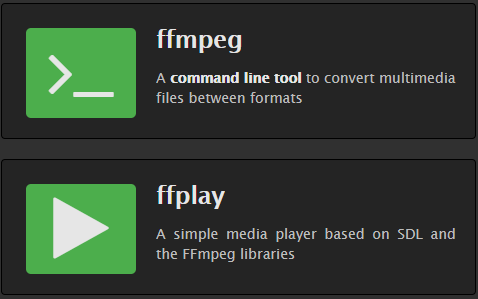

The Professional Editions adds HEVC, Audio, and analyzing to. The Essentials edition adds Intel® Premier Support (access to Intel experts). Unless you specify an external decoder (for example, using an AviSynth script) you will be using ffmpeg's internal h.264 decoder. Intel Media Server Studio is available at: /intel-media-server-studio The Community edition is completely free and supports many popular codecs including HEVC, AVC/H.264 and MPEG-2. So any time you re-compress a video with ffmpeg you are decompressing the video first. Re-encoding a video always involves first decoding (decompressing) the video to uncompressed frames, then encoding (compressing) those uncompressed frames with the new codec/settings. That can vary from something that's visually nearly indistinguishable from the original to something that looks almost nothing like the original. How closely it matches depends on how much the video was compressed and what settings were used. If you post your 'partial' file online I'll take a look at it.

This all depends on the content of your file.

Your SDK widget may be skipping other frames until then. Once you have encoded something to h.264 specs you can never get back the original video from that encoded file, only some that looks like it. If you receive an H.264 file midstream, you typically only start decoding the video at the first SPS/PPS/IDR NAL unit. That is, x264 is an encoder that produces h.264 video. x264 is a particular encoder that conforms to that spec. FFmpeg supports NVENC through the h264nvenc and hevcnvenc encoders. H.264 and AVC are the names of the specification for encoding.


 0 kommentar(er)
0 kommentar(er)
